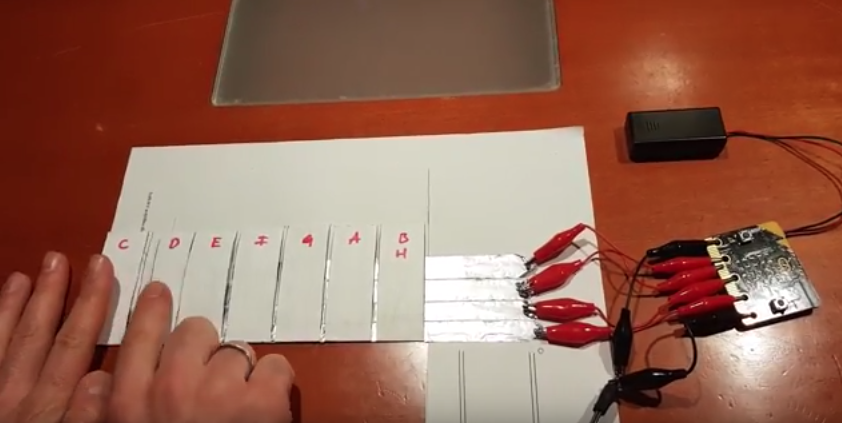Welcome Educators! While we have awarded all 100 micro:bit club packs, we welcome you to complete the course and we'll stay in touch with future opportunities for professional learning and hardware for your classroom.
We’re excited to share this new online platform with you as a learning hub around using micro:bits to support computational thinking skills in your classroom. This space contains five learning modules on the left which will guide you through your initial learning.
Don't have a micro:bit yet? Not to worry, the Learning Modules use a web-based simulator so you can get started without any hardware.
What are you waiting for? Get started with Module 1 now.
Finished the micro:bit course? Check out the Code To Learn Community to learn more about MicroWorlds software, our other program offering!

"Once in a blue moon, a technology comes along that meets the needs of learners, classrooms, and is sufficiently powerful to create opportunities beyond the limits of our imagination. The BBC micro:bit may just be that rarest of edtech unicorn... For many reasons, the micro:bit may be the physical computing platform of choice in schools for the next five or ten years...
The micro:bit is a new species of technology, the microcontroller development board (MDB). Like other microcontrollers, such as Arduino, the micro:bit is a little brainboard featuring pins for inputs and outputs. Sensors report information to the embedded microprocessor. The program you write decides what to do with that information and then produces a result by sending instructions to lights, motors, speakers, displays, or other devices. This is achieved by creating circuitry connecting input and output devices to the microcontroller, usually via breadboards or soldering."
Read more of Gary Stager's post at...
The micro:bit Matters
Here is a FUN micro:bit activity for your students for the last few days of school!!
It doesn't involve any extra bits (so to speak! <g>) — a few extra alligator clips!
There is a video to give you, and your students, an overview and also detailed instructions!
Maybe your students could compose their own 'end of year' tune!
Have fun!
